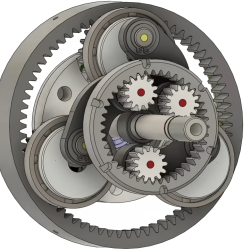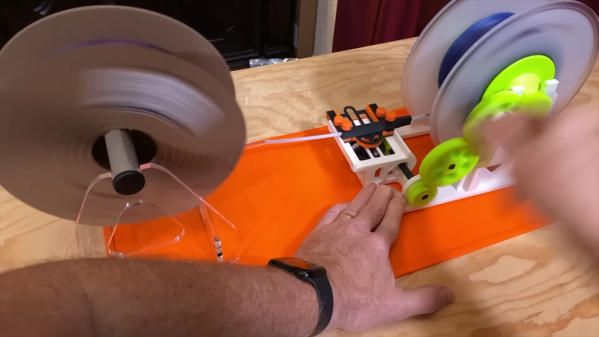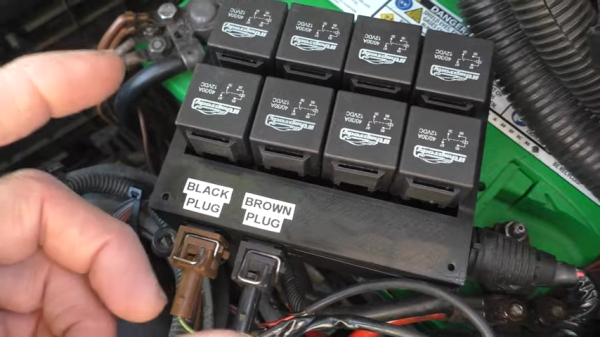Radio waves travel fast, and they can bounce, too. If you are able to operate a 25-meter dish, a transmitter, a solid software-defined radio, and an atomic clock, the answer is: yes, they can go all the way to Venus and back. On March 22, 2025, the Dwingeloo telescope in the Netherlands successfully pulled off an Earth-Venus-Earth (EVE) bounce, making them the second group of amateurs ever to do so. The full breakdown of this feat is available in their write-up here.
Bouncing signals off planets isn’t new. NASA has been at it since the 1960s – but amateur radio astronomers have far fewer toys to play with. Before Dwingeloo’s success, AMSAT-DL achieved the only known amateur EVE bounce back in 2009. This time, the Dwingeloo team transmitted a 278-second tone at 1299.5 MHz, with the round trip to Venus taking about 280 seconds. Stockert’s radio telescope in Germany also picked up the returning echo, stronger than Dwingeloo’s own, due to its more sensitive receiving setup.
Post-processing wasn’t easy either. Doppler shift corrections had to be applied, and the received signal was split into 1 Hz frequency bins. The resulting detections clocked in at 5.4 sigma for Dwingeloo alone, 8.5 sigma for Stockert’s recording, and 9.2 sigma when combining both datasets. A clear signal, loud and proud, straight from Venus’ surface.
The experiment was cut short when Dwingeloo’s transmitter started failing after four successful bounces. More complex signal modulations will have to wait for the next Venus conjunction in October 2026. Until then, you can read our previously published article on achievements of the Dwingeloo telescope.



















